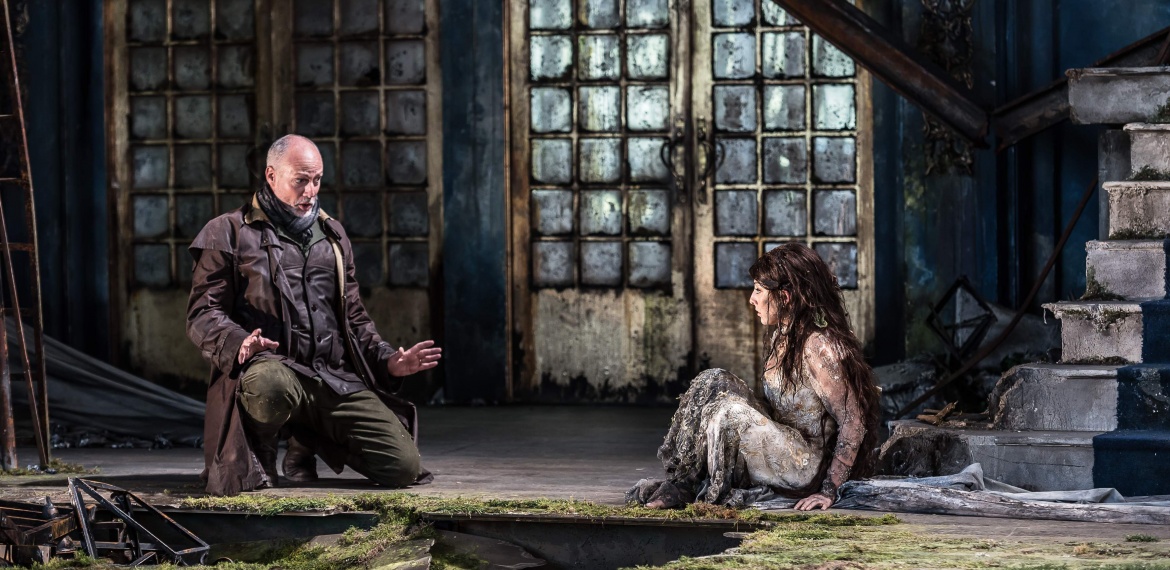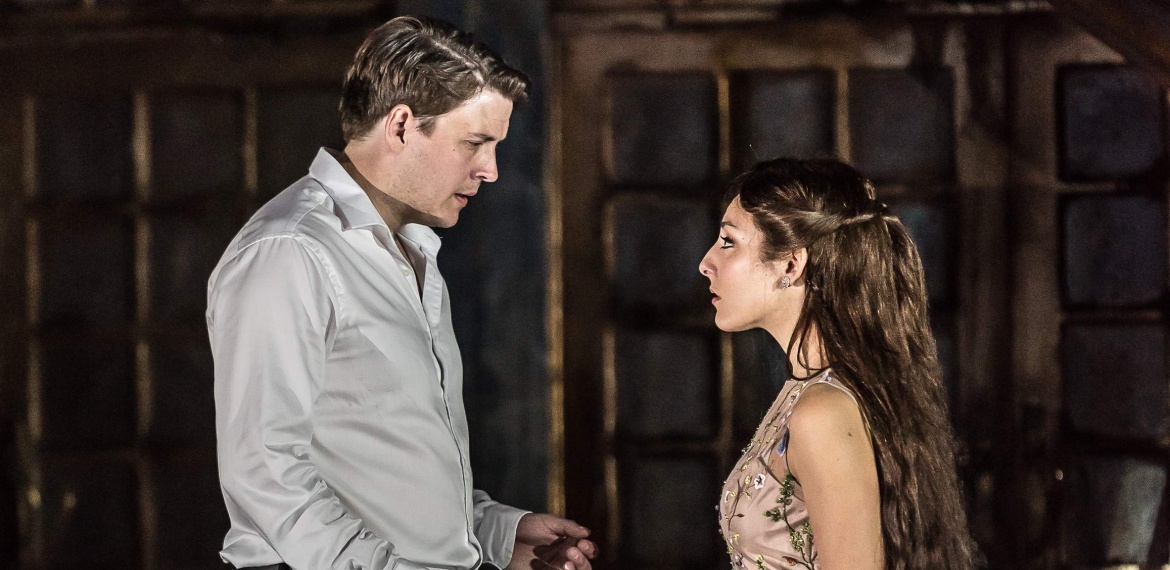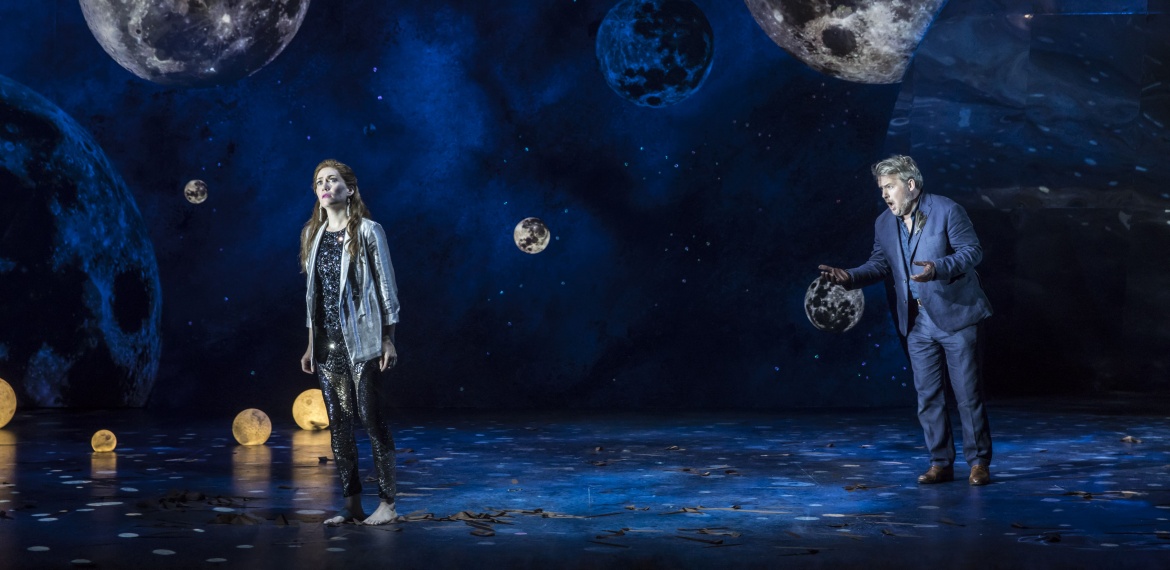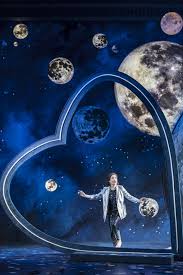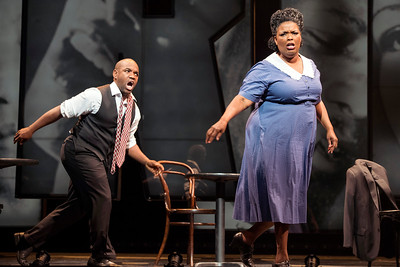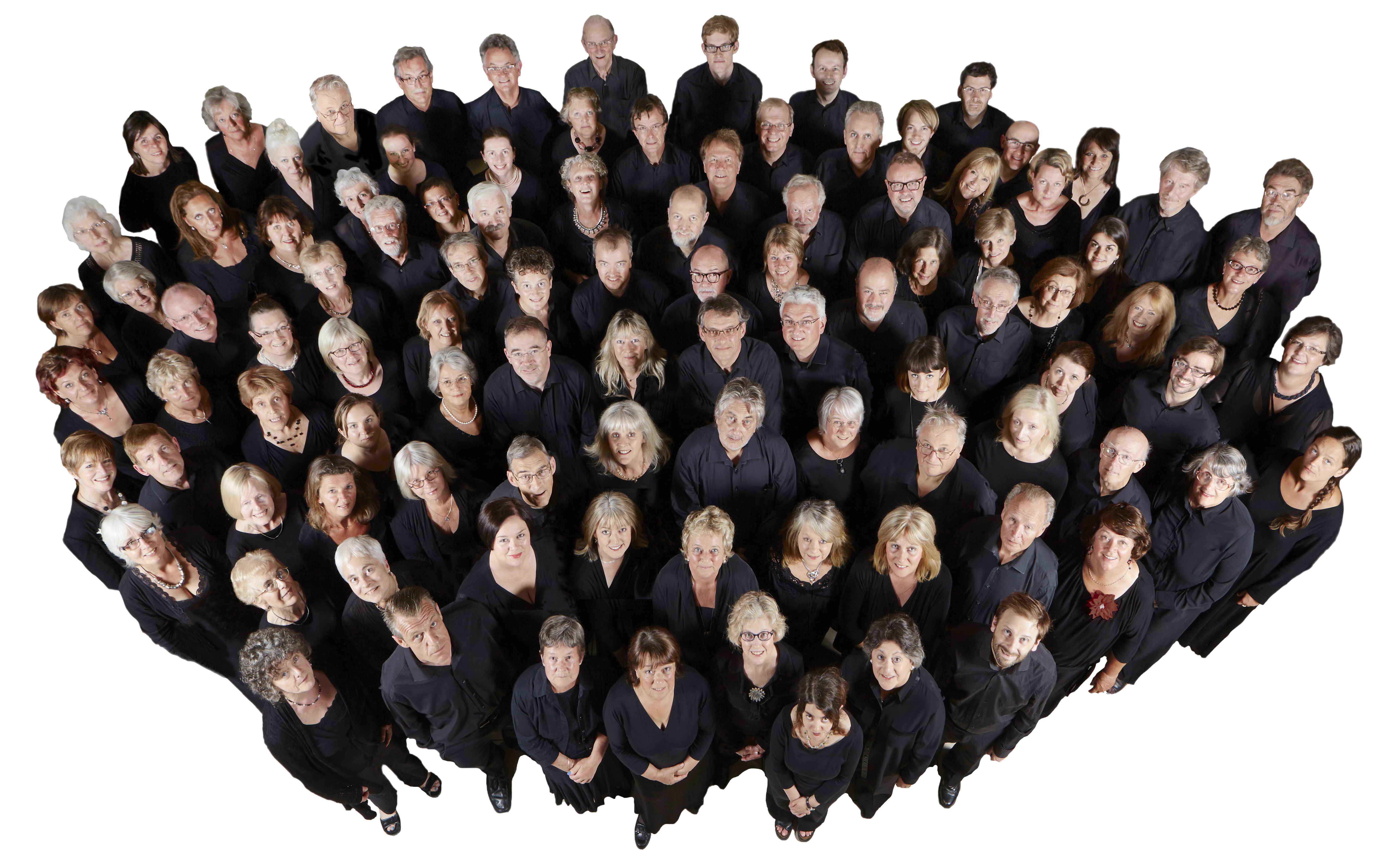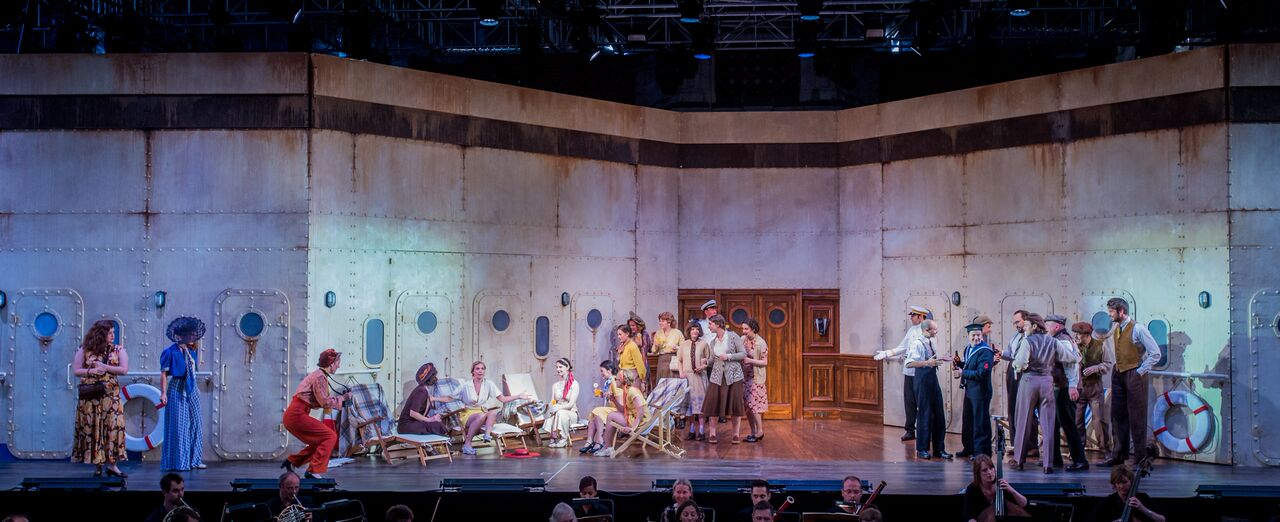Garsington Opera, Wormsley, 27 June 2017
A very wet evening seemed quite appropriate for Debussy’s only opera, the downpour reflecting the decaying splendour of the palace within which the action unfolds in Michael Boyd’s lucid presentation. More than anything else it was the clarity of the text which impressed and the refusal to try to explain what Maeterlinck wished to remain mysterious. We were constantly challenged to try to understand relationships which were elusive and shifting before our eyes.
In this Paul Gay’s Golaud was masterly. His gruff exterior seemed to hide an emotional core which never quite makes sense of his situation, to the point where even the death of Pelleas and Melisande lay outside of his understanding.
Andrea Carroll’s Melisande is probably the most enigmatic I can recall, the voice radiant yet the character always distant and reserved. Even at the end we have very little understanding of who or what she is. If Jonathan McGovern’s heroically sung Pelleas is more straightforward, his emotional understanding is complex and his relationship to Melisande always tentative, even in their final scene.
Brian Bannatyne-Scott brings dignity to Arkel and William Davies’ Yniold is given much more to do than normal. His finding of the crown in the second act is convincing if sinister, and his dragging off of Melisande’s soaking dress, impressive.
In the pit, the Philharmonia Orchestra more than justify their new relationship with the company. The sound is glorious and the interludes in particular had a lucidity and body to them which radiated throughout the house. Jac van Steen’s approach to the score was equally fluid, with attention to detail and phrasing always impressive.
Pelleas is not an easy work, either to stage or for the audience. It does not seem an obvious summer festival choice, yet it was more than vindicated here. Let us hope that this new approach from Garsington is the start of a long and fruitful collaboration.

